How to Extend/Shrink Disk Partitions in Windows 10/11
- Home
- Support
- Tips Data Backup
- How to Extend/Shrink Disk Partitions in Windows 10/11
Summary
Managing disk partitions is essential for optimizing storage and performance on your computer. Windows 10/11 provides a built-in tool called Disk Management that allows users to shrink, extend, and manage partitions without third-party software. This guide explains how to use Disk Management to manage disk partitions effectively, and the methods are also applicable to other Windows versions like Windows 11 and Windows 7/8.
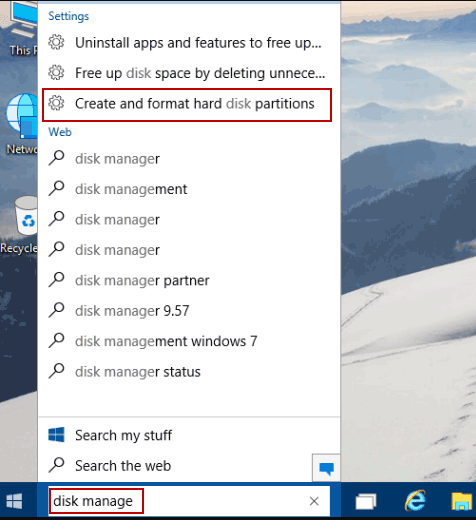
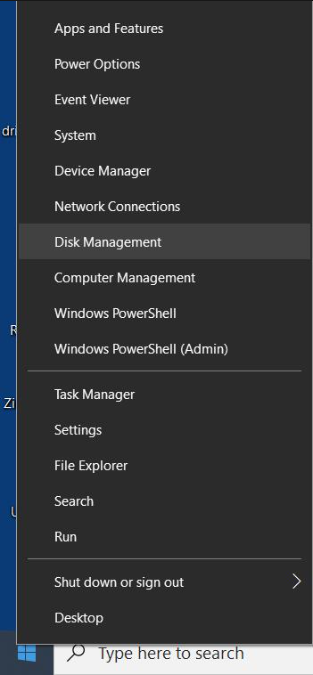
- In the Disk Management screen, right-click on the partition you want to shrink.
- Select “Shrink Volume” from the menu.
- In the Shrink dialog, enter the amount you want to shrink by (in megabytes). For example, to shrink a 50GB partition by 10GB, enter 10000. Note: You cannot shrink a partition by more than the available free space. Attempting to do so may result in file loss.
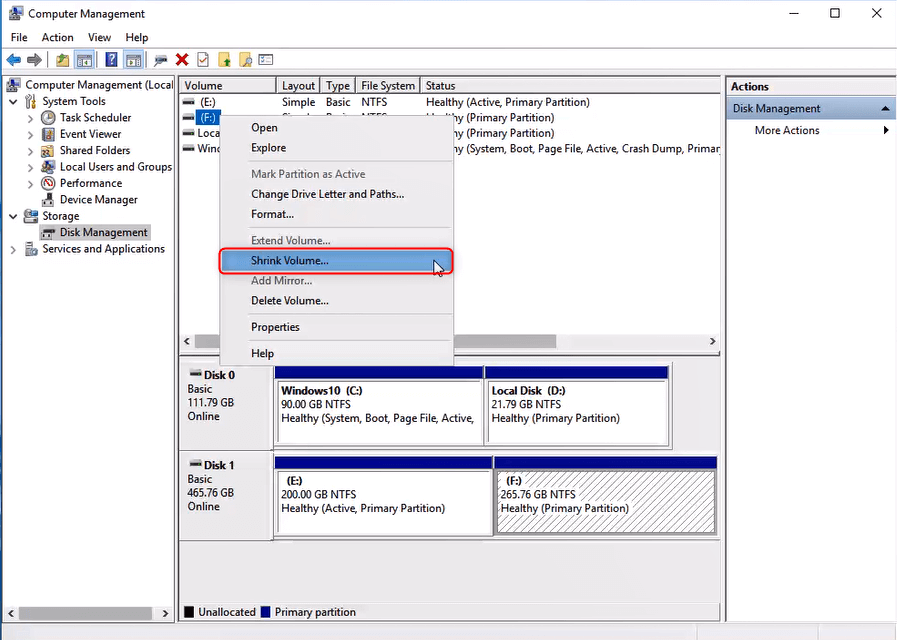
- In the Disk Management screen, right-click on the partition you want to extend.
- Select “Extend Volume” from the menu.
- Specify the amount by which you want to increase the partition. Important: The extend partition feature only works with contiguous space on drives if you’re using a basic disk. For example, if you have a partition and some unallocated space that is not directly adjacent, you won’t be able to extend into that space. In such cases, you might get a warning about creating a dynamic disk, which is not recommended for operating system installation and can complicate drive transfers between computers.
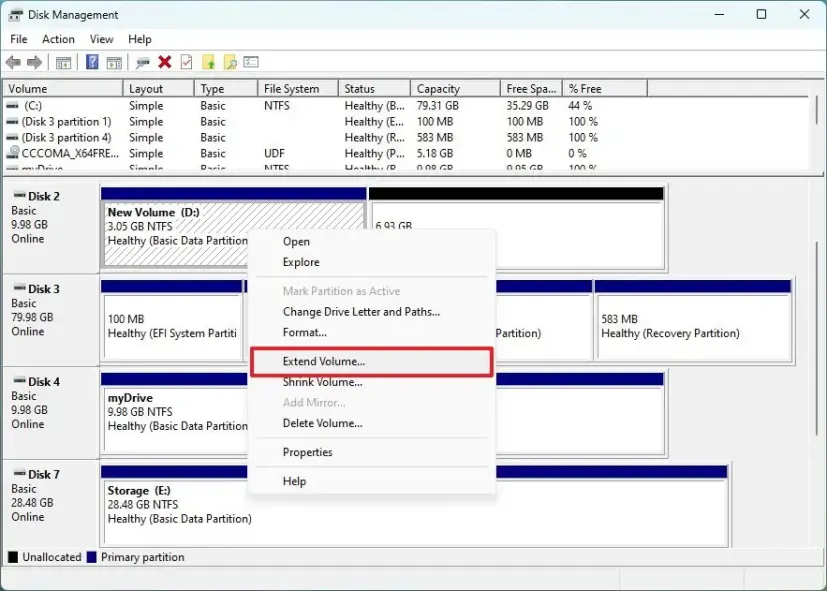

Automatic 4K alignment Improves SSD performance during system migration.
Support GPT and MBR Automatically adapt to the suitable partition format.
Support NTFS and FAT32 Redeploy various files in different file systems.
Back up quickly Back up files at up to 3,000MB/min.
Overall backup schedule Support system redeployment/system backup/partition backup/disk backup/disk clone.
Automatic 4K alignment Improve SSD performance
Support GPT and MBR Intelligently adapt to a partition format
Support NTFS and FAT32 Redeploy files in different file systems
Free TrialFree TrialNow 2000 people have downloaded!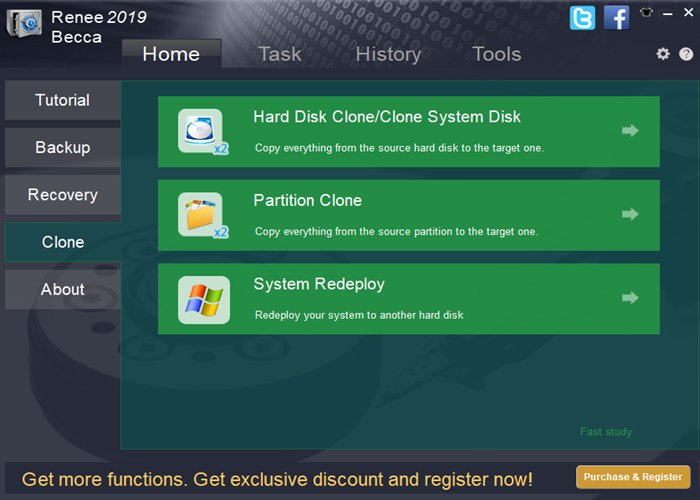
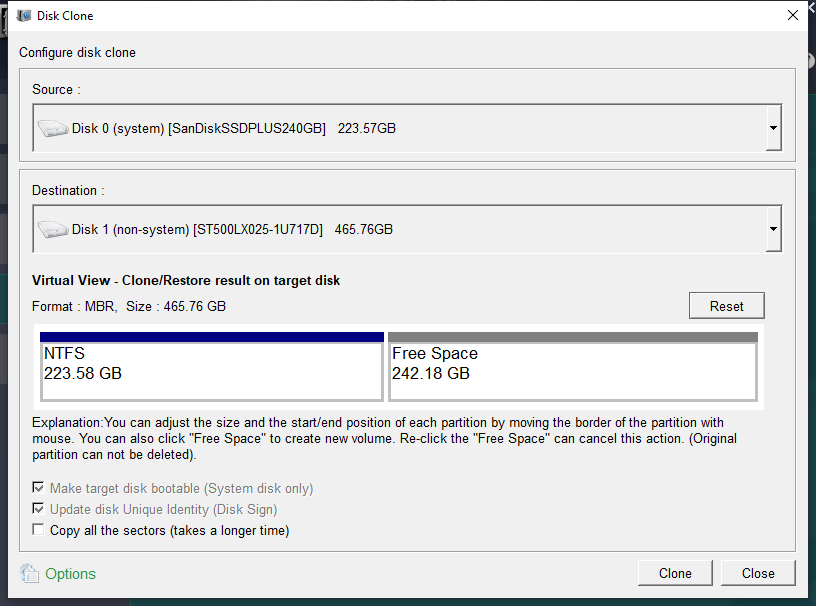

Automatic 4K alignment Improves SSD performance during system migration.
Support GPT and MBR Automatically adapt to the suitable partition format.
Support NTFS and FAT32 Redeploy various files in different file systems.
Back up quickly Back up files at up to 3,000MB/min.
Overall backup schedule Support system redeployment/system backup/partition backup/disk backup/disk clone.
Automatic 4K alignment Improve SSD performance
Support GPT and MBR Intelligently adapt to a partition format
Support NTFS and FAT32 Redeploy files in different file systems
Free TrialFree TrialNow 2000 people have downloaded!Relate Links :
Beginner's Guide to Samsung Disk Cloner: Start Cloning Today
02-07-2024
Ashley S. Miller : Discover how to clone your drives effortlessly using Samsung Disk Cloner tools like Samsung Data Migration and Samsung...
Reset Your Windows 7 Password Without a Precreated Disk
01-05-2024
Jennifer Thatcher : Struggling to reset your Windows 7 password without a disk? Look no further! This article reviews and compares...
How to Recover Deleted Photos from Your Hard Disk
17-11-2023
Amanda J. Brook : Uncover your precious memories and restore deleted photos from your hard disk with these simple methods. From using...
Creating a Windows XP Password Reset USB Disk in a Few Easy Steps
10-11-2023
Jennifer Thatcher : Discover the simple steps to create and use a password reset USB disk for Windows XP. Say goodbye...




